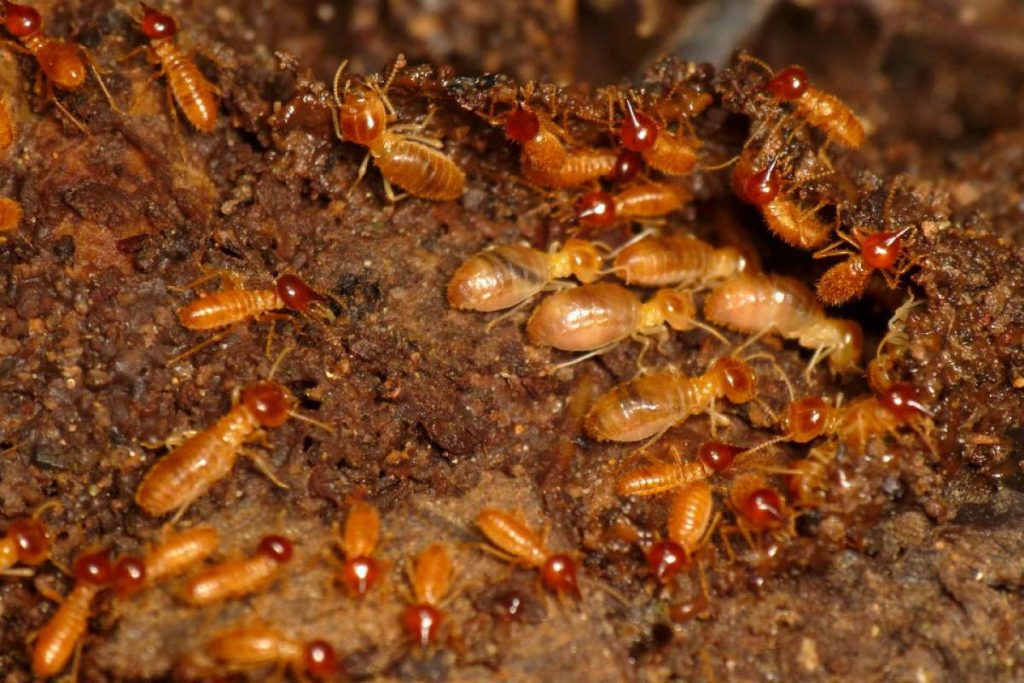Termites can cause significant damage to properties in Indiana. If you are a homeowner or business owner in Indiana, it is important to understand the risks posed by termites and what can be done to protect your property. In this article, we’ll discuss the types of termites found in Indiana, the signs of an infestation and the steps you can take to prevent and address a termite problem. Read on to learn more about termites in Indiana.
Types of Termites in Indiana
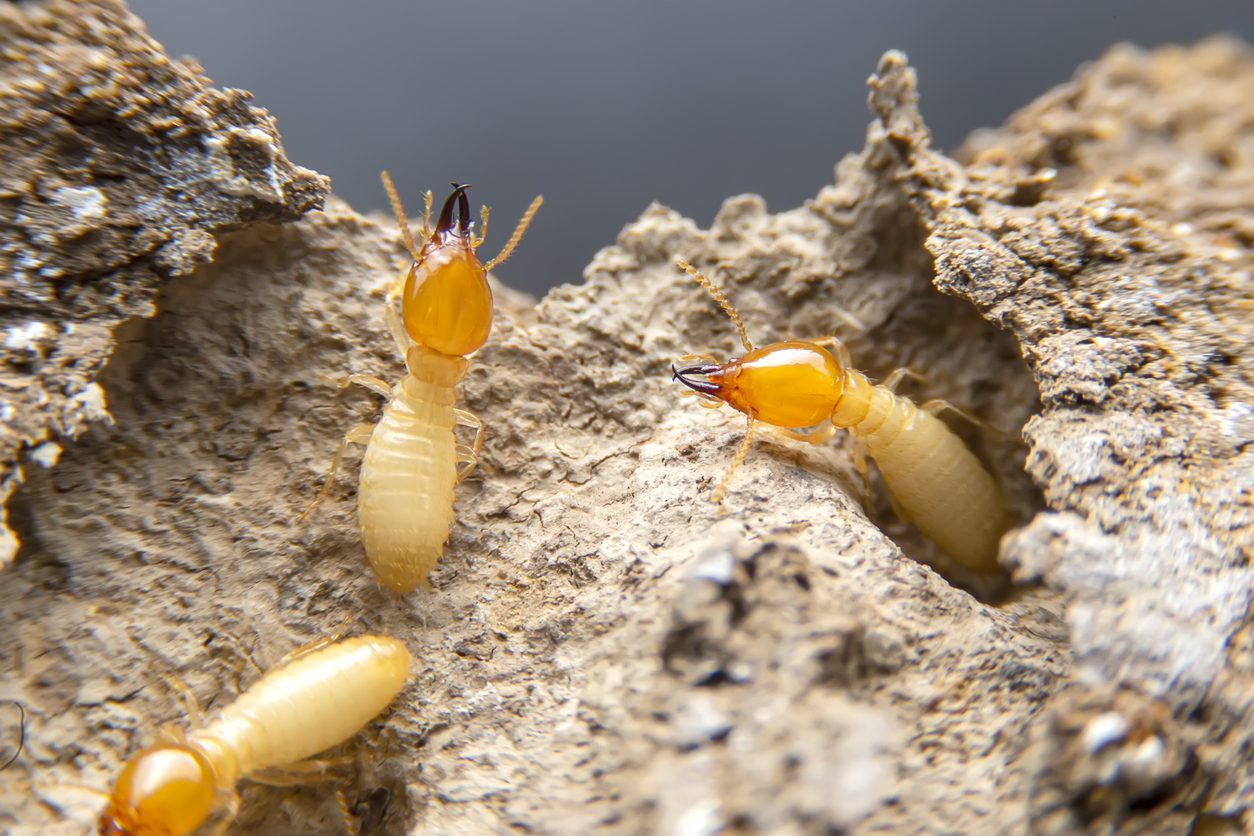
- Dampwood Termites
- Subterranean Termites
- Formosan Subterranean Termites
Dampwood termites are found in Indiana and are typically found in rotting wood or in areas that are extremely moist. These termites tend to feed on dead or decaying wood. They are rarely found in structures and do not typically cause any structural damage.
Subterranean termites are the most common type of termite found in Indiana. These termites live in underground colonies and require a lot of moisture. They typically feed on wood, paper, and other cellulose-based materials. They can cause significant structural damage to homes and other buildings if left untreated.
Formosan subterranean termites are an invasive species of termite that has become established in Indiana. These termites can cause significant structural damage to homes and other buildings if left untreated. They typically feed on wood, paper, and other cellulose-based materials.
Signs of Termites in Indiana
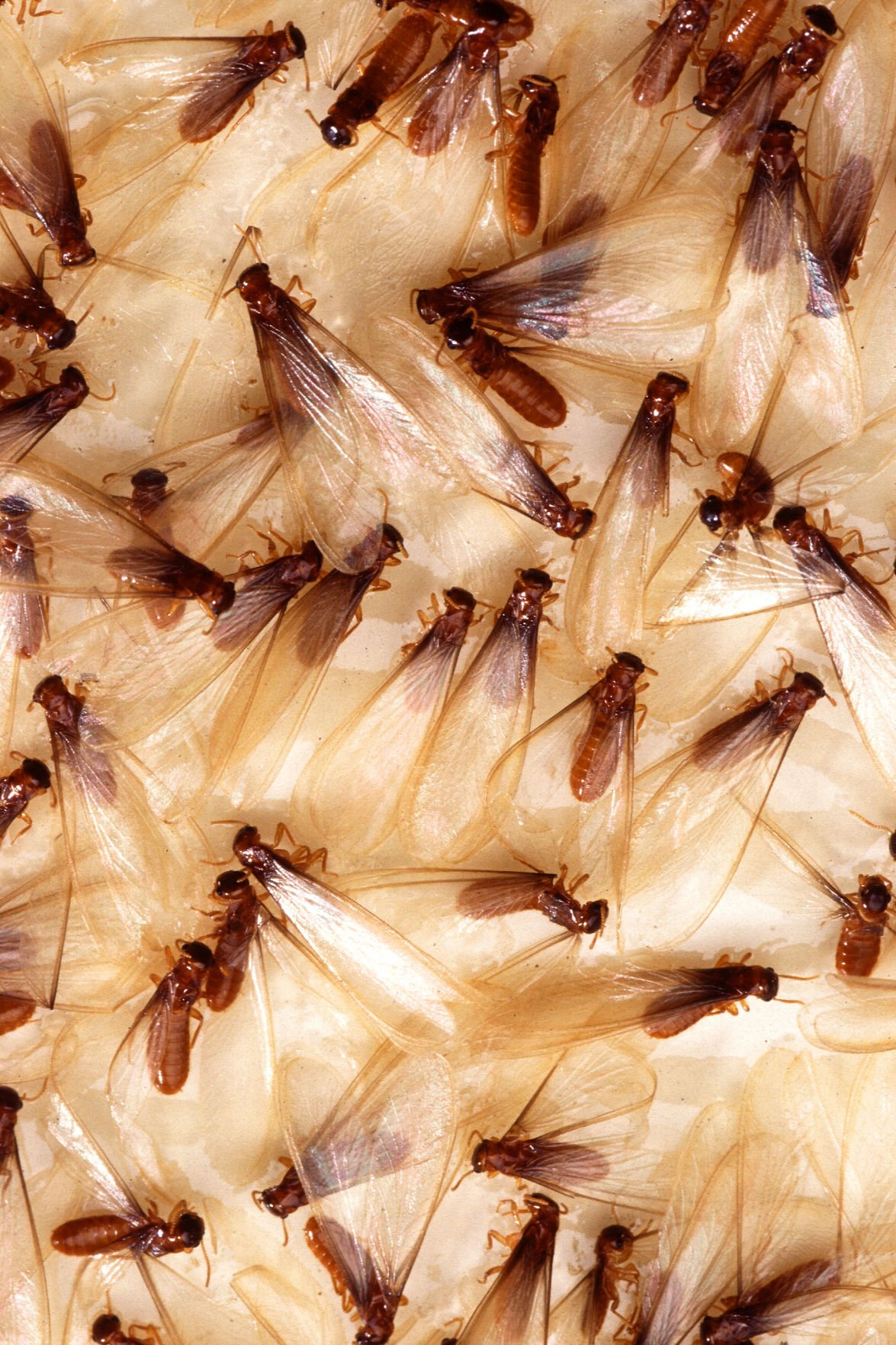
| Sign | Description |
|---|---|
| Mud Tubes | Tubes of mud built by termites to provide shelter between their nest and their food sources. |
| Damaged Wood | Wood that appears to have been eaten away by termites or has water damage. |
| Discarded Wings | Termites shed their wings after mating. Discarded wings around windows or doorframes may be a sign of an infestation. |
| Swarmers | Termites swarm in the spring to mate and find a new food source. If you see termites flying around your home, it’s a good indication that you have an infestation. |
| Bubbling Paint | Termites create moisture as they feed which can cause paint to bubble. |
How Termites Damage Structures
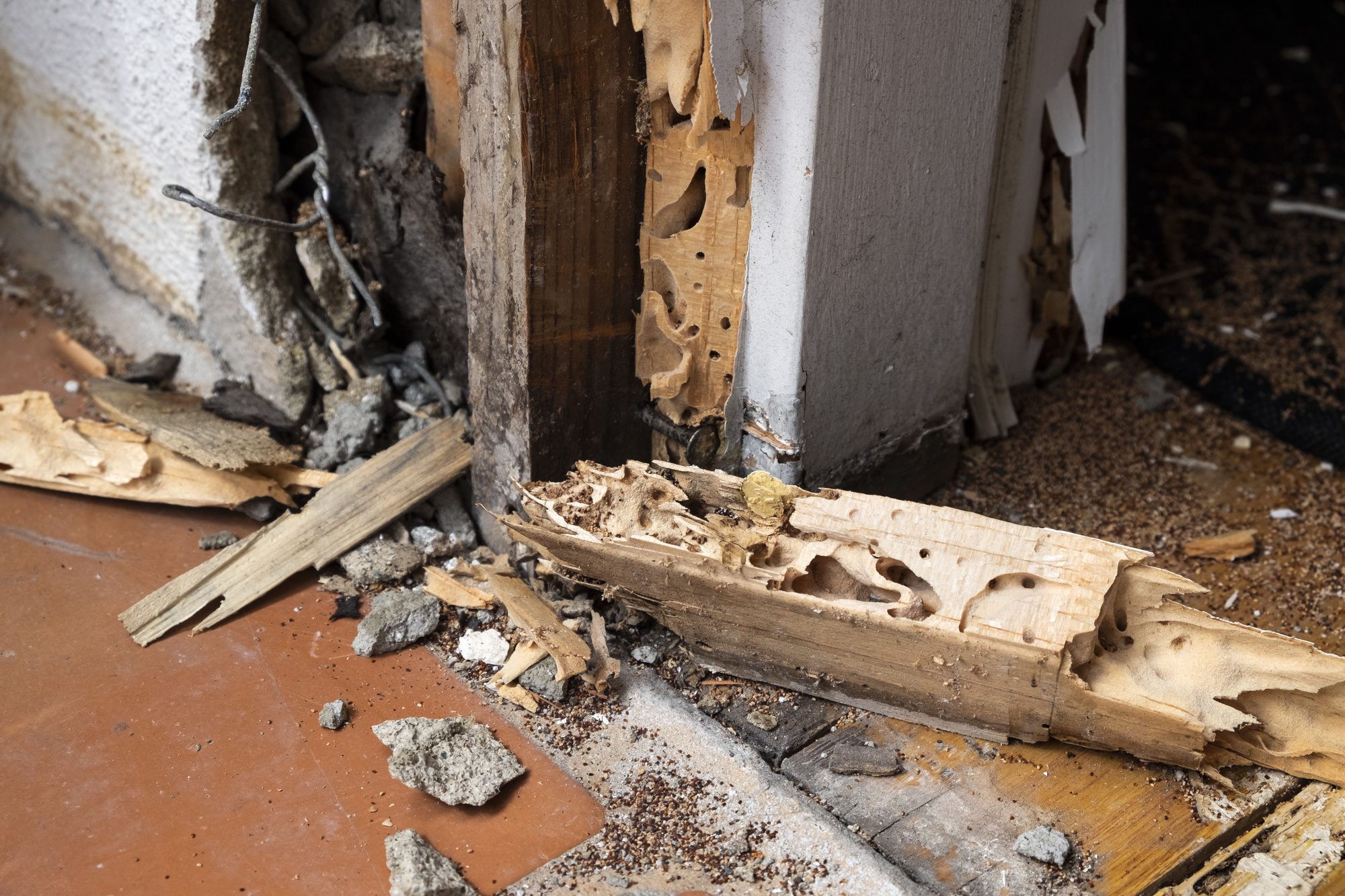
Termites cause damage to structures by eating away at the wood that makes up the building’s foundation, walls, and other wooden elements. They often enter homes through small cracks in the foundation or through loose mortar or grout in walls. Once inside, they can quickly multiply and spread throughout the structure, leaving behind their tell-tale mud tubes. As they tunnel through the wood, they can cause it to become brittle, weaken, and eventually collapse. This can lead to a wide range of problems, including structural failure, leaks, and pest infestations. Termites can also damage other materials such as fabric, insulation, and paper. These materials can become a food source for the termites, leading to additional damage.
Prevention and Treatment for Termites

The best way to prevent a termite infestation is to regularly inspect for signs of termite activity. Inspecting the property for possible entry points, such as cracks and crevices in foundations and walls, is also important. It is also advised to repair any water leaks or other sources of moisture that may attract termites.
For homes already infested with termites, there are a few treatment options available. Chemical treatments, such as sprays, baits, and foams, are the most commonly used. If the infestation is severe, it may be necessary to call a professional pest control service.
It is also important to remove any wood or cellulose-based materials that may be serving as a food source for the termites. This includes wood piles, old furniture, and any other items that may be attracting them.
Finally, it is important to take preventative measures to ensure that termites do not return. This includes regular inspections, sealing off entry points, and removing any wood or cellulose-based materials from the property.
Professional Treatment for Termites
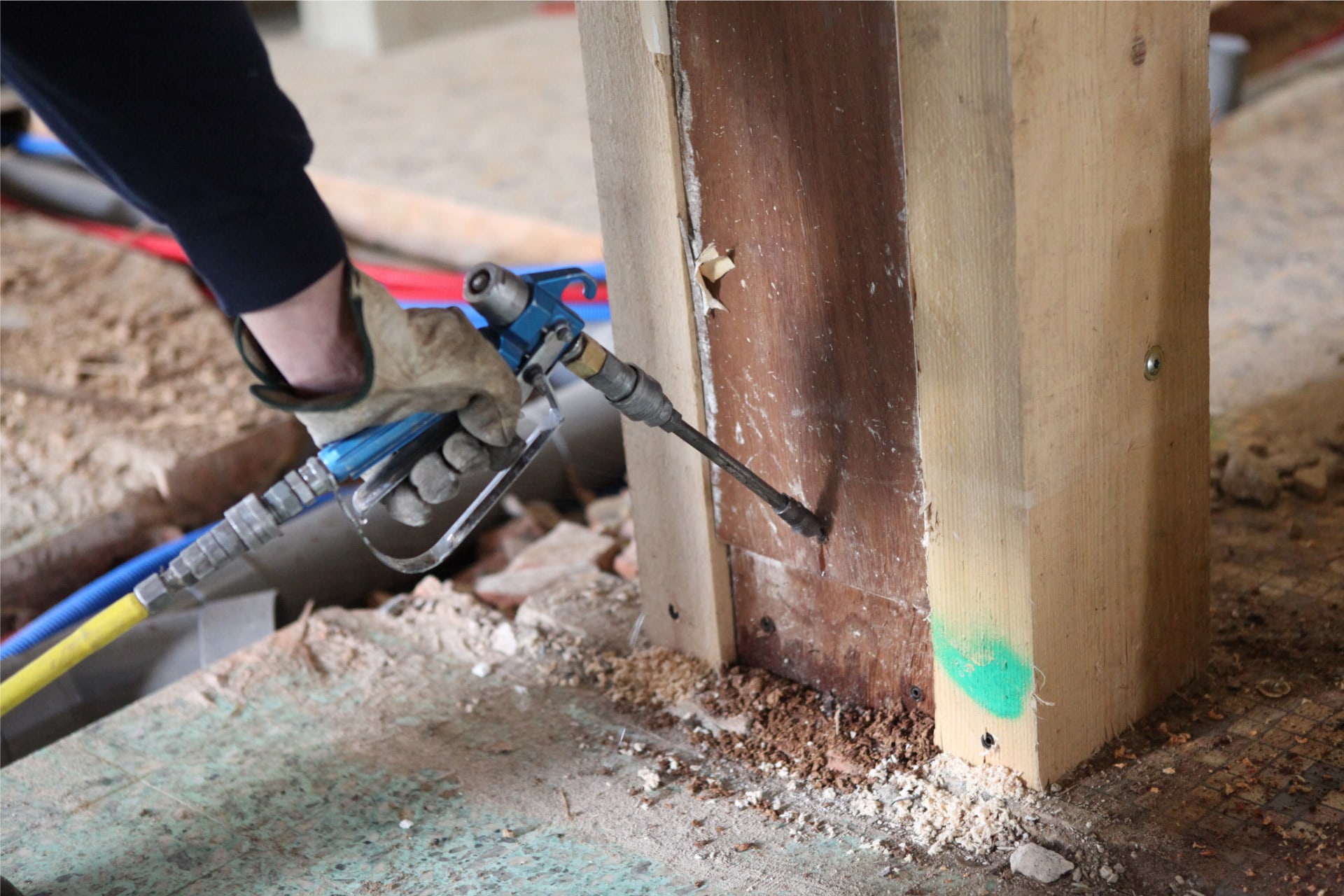
| Treatment Type | Description |
|---|---|
| Liquid Termiticide | An insecticide is injected into the soil around and under a building to create an effective barrier against termites. |
| Baiting System | Termite bait stations are placed in the ground around the building, and bait is placed inside to attract termites. Once the termites have consumed the bait, it is replaced with a termicide, killing the termites. |
| Fumigation | The structure is tented and sealed, and a fumigant is released inside. This is a very effective treatment, but it can also be dangerous if not done correctly. |
| Heat Treatment | The structure is heated to a high temperature, killing the termites. This is a very effective treatment, but it can also be dangerous if not done correctly. |
Do-it-Yourself Treatment for Termites
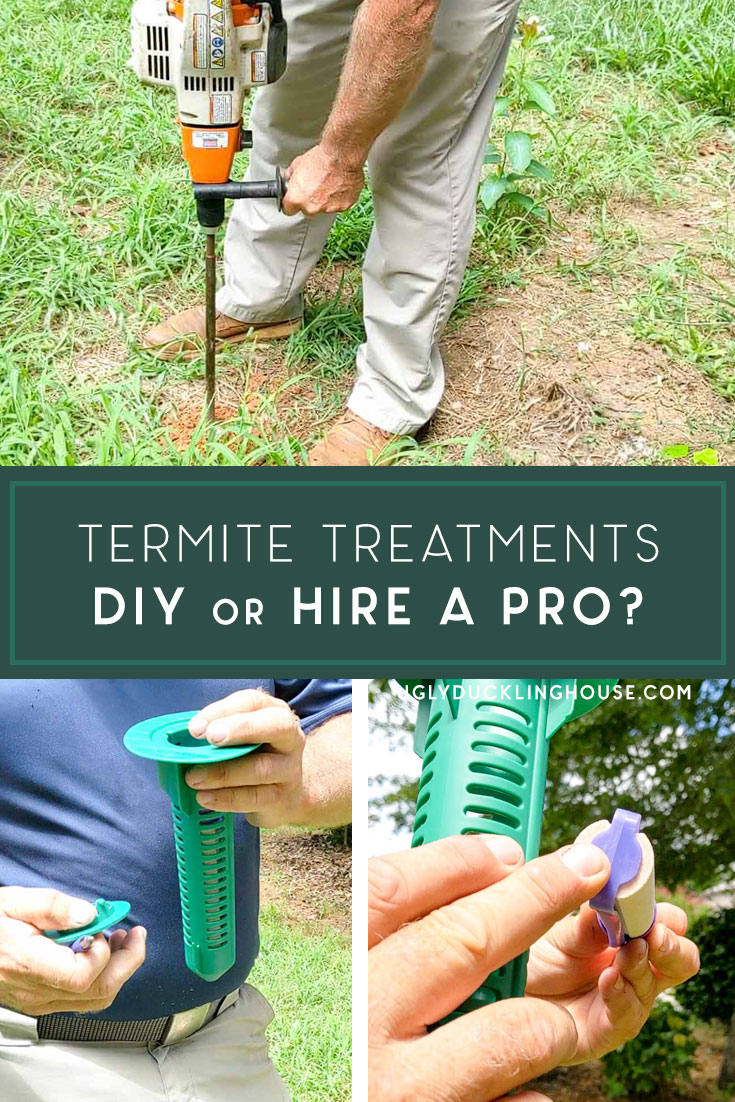
- Inspect your property for evidence of termites. Look for signs like mud tubes, hollow wood, wings, or droppings.
- Vacuum up any live termites. You can also use a shop-vac to suck up any termites in the area.
- Install bait traps. Bait traps help to monitor the area for termites and can reduce the population of termites in the area.
- Treat the area with a liquid insecticide. This will help to kill any remaining termites and can prevent future infestations.
- Seal any cracks or crevices in the building. This will help to prevent termites from entering the area.
- Remove any rotting wood or debris from the area. This will help to discourage termites from nesting in the area.
- Make sure to keep your property well-maintained. Regularly inspect and repair any areas that may be susceptible to termite infestation.
Cost of Treatment for Termites
- For localized treatment, the cost can range from $250 to $1,000, depending on the size of the infestation and the method used for treatment.
- For a full treatment of an entire home, the cost may range from $1,000 to $3,000 or more.
- Bait systems may cost around $500 to $1,200
- A termite barrier treatment may cost between $800 and $2,000.
Common Misconceptions about Termites
- Termites only infest wood structures – Termites can actually infest any structure, including brick and concrete. They are also found in yards, mulch and trees.
- A termite infestation can be identified by the presence of flying insects – Termites swarm in the spring, but the presence of winged termites does not necessarily mean an infestation is present. Flying termites are just reproducing members of a mature colony.
- Termites can be eradicated with pesticides – Pesticides are not effective against termites, as they are not exposed to the same amounts as other insects. The only way to ensure that a termite infestation is eradicated is to have a professional exterminator treat the affected area.
- Termite damage is always visible – Termites typically remain hidden from view, feeding on wood from the inside out. This means that damage may be present for some time before it is noticed.
- Termites are only found in tropical climates – Termites are actually found in all 50 states, including Indiana. In fact, they are the number one pest in the state.
Frequently Asked Questions
What Kind of Termites are Found in Indiana?
Indiana is home to three different types of termites: subterranean, drywood, and dampwood termites. Subterranean termites live in colonies underground, build mud tubes up walls, and are the most destructive species. Drywood termites are usually found in colonies in wood, and seldom require contact with the ground. Dampwood termites prefer damp and decaying wood, and can be found in attics, porches, and other damp places.
How can I tell if my house has been infested with termites in Indiana?
Signs of a termite infestation in Indiana include wood that is soft or hollowed out, thin trails of sawdust, and mud tubes on the foundation or walls of the house. Other signs include wings shed by the termites, bubbling or cracked paint, and presence of winged termites in the home. If any of these signs are noticed, it is important to contact a pest control professional to inspect the property and determine whether termites are present.
What are the most effective methods for getting rid of termites in Indiana?
The most effective methods for getting rid of termites in Indiana include using insecticides, baiting systems, and physical barriers. Insecticides can be applied as a liquid, foam, or dust and are designed to be applied directly to termite infestations. Baiting systems involve the use of bait stations placed around the home to attract and eliminate termites. Physical barriers such as caulk can be used to create a barrier between the foundation and the soil, preventing termites from entering the home. In addition, regular inspection of the home for signs of termite activity is recommended.
What are the signs that my house may be at risk for termite infestation in Indiana?
The most common signs of a potential termite infestation in Indiana include: piles of discarded wings near windows and doors; mud tubes on the exterior walls; swollen or warped flooring or walls; and hollow-sounding wood in walls, floors, or furniture. Other signs of an infestation include the presence of swarms of flying insects and the discovery of termite droppings.
How can I prevent termites from entering my home in Indiana?
To prevent termites from entering your home in Indiana, there are several steps you can take. Inspect for signs of termites periodically and remove any wood debris from around the home. Make sure all vents, windows, and doors are properly sealed. Keep mulch, firewood, and debris away from the foundation of your home. Make sure any wood in contact with the ground is treated with chemical insecticides to prevent termites. Additionally, use a dehumidifier to reduce moisture levels in the home, as termites thrive in moist environments. If you find signs of an infestation, contact a professional pest control company to take care of the problem.
Conclusion
Termites are a serious problem in Indiana and can cause extensive damage to both residential and commercial properties. Homeowners should be aware of the signs of termite infestation and take steps to protect their homes from termite damage. Homeowners should also be familiar with the different types of termites found in Indiana and their behaviors. If a home is found to be infested with termites, it is important to contact a professional pest control company to inspect and treat the problem as quickly as possible to prevent further damage.

